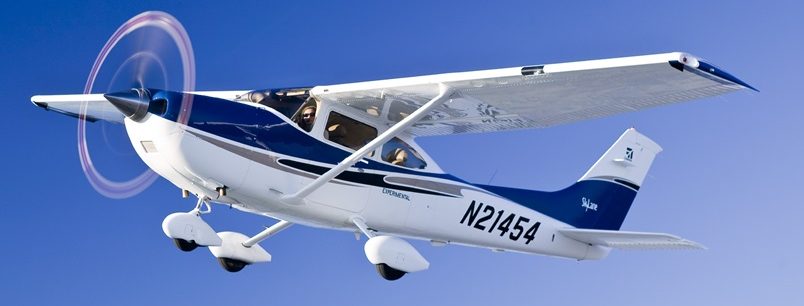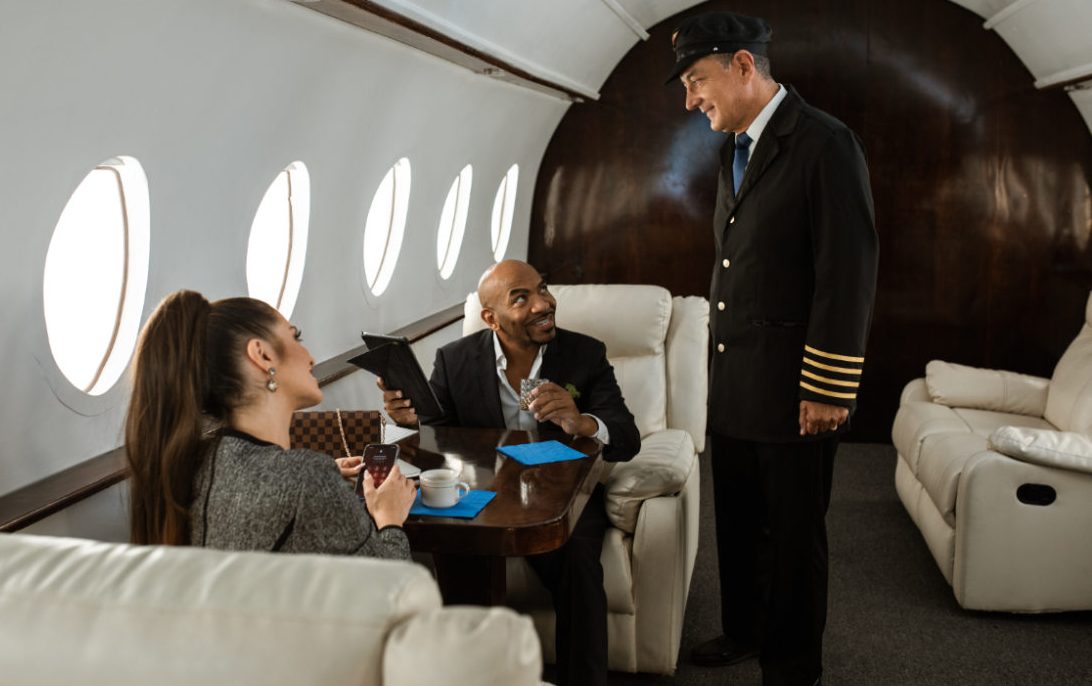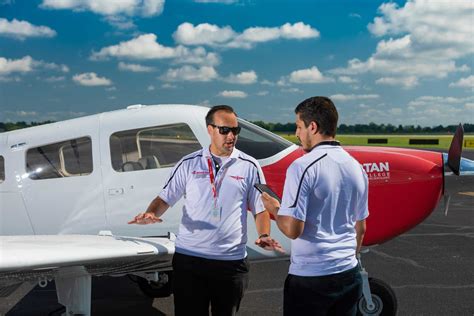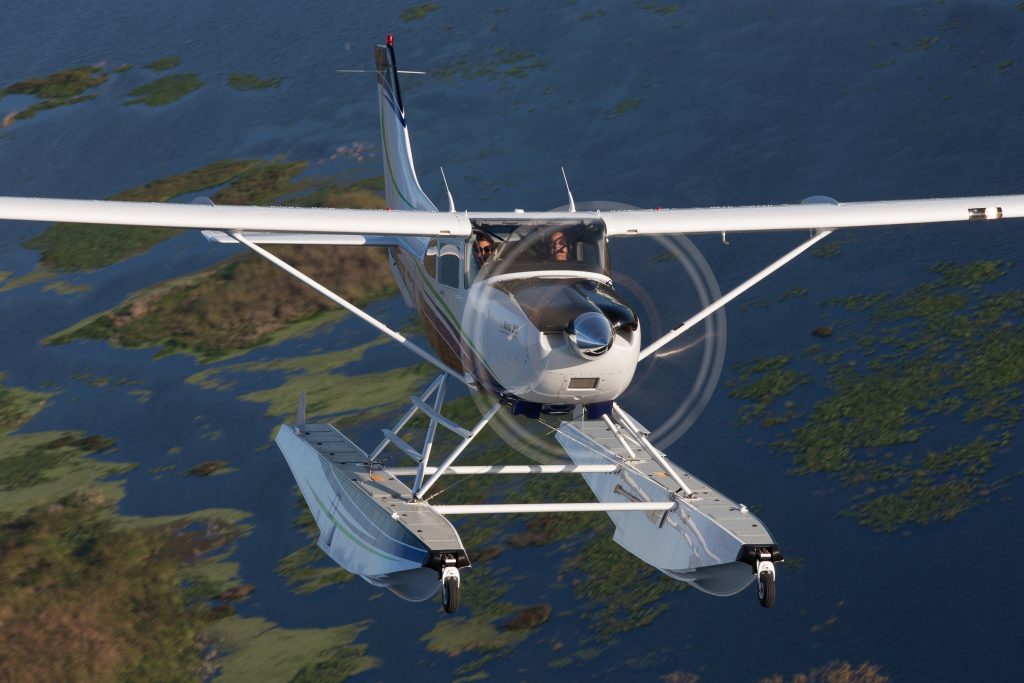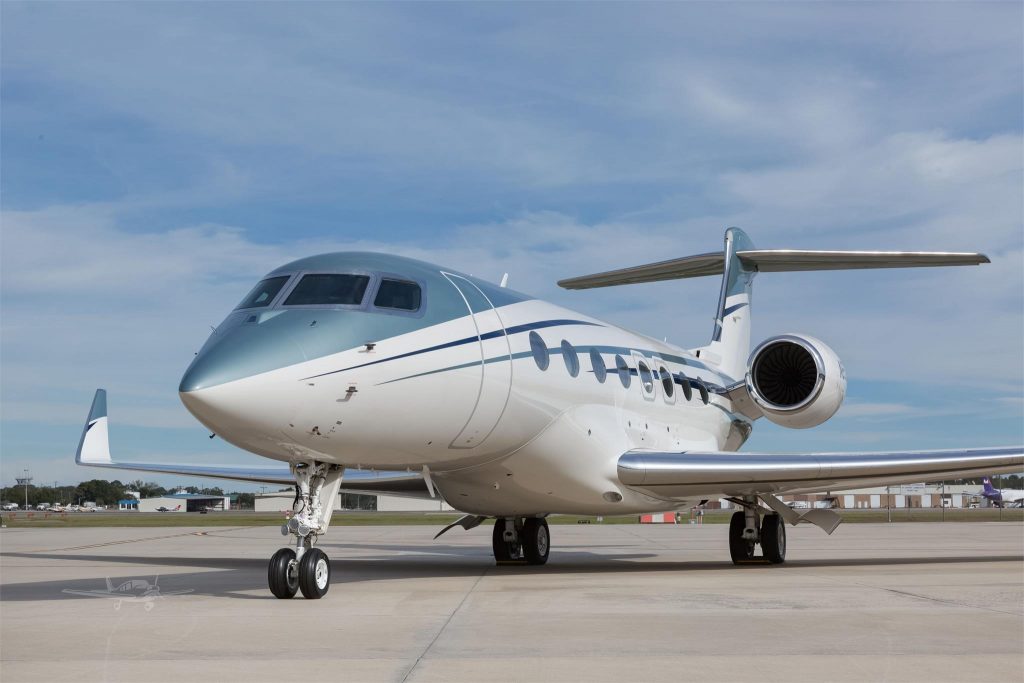How to Calculate the Total Cost of Ownership for a Private Jet
Owning a private jet is synonymous with superior luxury and efficiency, but it’s crucial to understand the associated costs thoroughly. This guide will take you through how to calculate the total cost of ownership of a private jet. From the initial acquisition costs like purchase prices and negotiation strategies to direct operating costs like fuel consumption and crew salaries, the calculus of private jet ownership is multi-faceted. We will also shed light on issues like regulatory compliance, depreciation considerations, and tax benefits, which play an equally pivotal role in shaping the total outlay.
Importance of Understanding the Total Cost of Ownership
Buying a private jet is not just about the upfront purchase price. The real spending begins once the aircraft is in your possession. Understanding the total cost of ownership is crucial when considering such an investment. It goes beyond the initial acquisition and includes various operating, maintenance, and indirect costs related to owning and operating a private jet. This comprehensive view of the financial implications can help you make informed decisions and prevent potential issues down the line. Regardless of the jet’s size or model, the commitment you’re about to make requires a detailed financial analysis.
Factors Affecting Private Jet Costs
When calculating the total cost of ownership for a private jet, numerous factors come into play. These can be roughly divided into initial purchase considerations, direct operating costs, fixed ownership costs, indirect expenses, and long-term financial implications.
Initial purchase considerations include the age of the aircraft (new vs. pre-owned), manufacturer, model, size, and category. Direct operating costs encompass expenses like fuel, crew salaries and training, maintenance and repairs, landing fees, and hangar costs.
On the other hand, fixed ownership costs include insurance premiums, depreciation, financing costs, and management fees. Indirect expenses might consist of catering, in-flight services, ground transportation, passenger amenities and customization.
Under long-term financial implications, the aircraft’s residual value, tax considerations and benefits, regulatory compliance, safety costs, and potential charter revenue should also be factored into the equation.
Each jet ownership journey is unique, and the values attached to the above-mentioned costs also differ. Consequently, comprehending these costs and the factors that significantly affect them is essential in managing your financial responsibilities effectively.
Initial Purchase Considerations
One of the first steps in understanding the total cost of ownership for a private jet involves making key decisions concerning the initial purchase of the aircraft. Let’s delve into these areas.
New vs. Pre-Owned Aircraft
Whether to purchase a new or a pre-owned jet has significant implications for the total cost. Buying a new aircraft offers the benefits of the latest technologies and customizations. However, a brand-new jet carries a significantly higher purchase price compared to pre-owned models and can depreciate faster in the first few years of ownership.
On the other hand, a pre-owned jet can offer substantial savings upfront and slower depreciation over time. Nevertheless, older aircraft may require more frequent maintenance, upgrades and may have higher operating costs. It’s vital to conduct thorough pre-buy inspections to understand the condition of the aircraft and any potential for unexpected expenses.
Aircraft Size and Category
The size and category of the jet chosen also play a crucial role in the total cost of ownership. Light jets, for instance, are cheaper to purchase, operate, and maintain compared to midsize, heavy, or long-range jets. They, however, have shorter flight ranges and carry fewer passengers.
Larger jets like heavy and long-range models offer greater passenger capacities, superior amenities, and longer flight ranges. These advantages come with higher purchase prices, increased fuel consumption, and escalated maintenance costs. It’s crucial to balance your specific needs regarding range, capacity, and luxury against the corresponding costs.
Manufacturer and Model Selection
Different manufacturers and models have varying acquisition costs, operating expenses, and performance characteristics. Prominent manufacturers like Bombardier, Gulfstream, and Cessna have a wide range of models varying in size, range, speed, and luxury.
Specific models may also have unique operating cost profiles due to different levels of fuel efficiency, maintenance requirements, availability of parts, and frequency of needed upgrades. Extensive research or consultation with independent aviation experts can help identify the best aircraft to match your expectations and budget.
Direct Operating Costs
Understanding the direct operating costs of owning a private jet is essential for any potential owner. These recurring expenses can significantly impact the total cost of ownership and should be carefully calculated to ensure a comprehensive financial plan.
Fuel Expenses
When it comes to operating a private jet, one of the most significant costs is fuel. Not only are private jets heavy on fuel consumption, but the fluctuating prices of aviation fuel can also impact the operating costs. The fuel consumption of a private jet depends on the size, range, and fuel efficiency of the aircraft model.
An efficient flight planning software can help reduce fuel costs by calculating the most efficient routes in real-time. It’s also worth noting that fuel prices may vary geographically, so this should also be factored into route planning.
Crew Salaries and Training
Another significant expense is the crew salaries and training. A private jet requires a professional crew, usually consisting of at least two pilots and a flight attendant depending upon the size of the aircraft.
The crew salaries can be significant, especially for highly-trained and experienced pilots. Additionally, ongoing training and professional development to ensure the crew remains proficient and up-to-date with safety standards, can add to these costs.
It’s also essential to budget for benefits and insurance for the crew, as these are legal obligations and industry norms.
Maintenance and Repairs
Like any other vehicle, a private jet requires regular maintenance and the occasional unexpected repair. The cost of maintenance can vary greatly based on the jet’s age, model, and overall usage.
An older aircraft may require more costly maintenance and repairs than newer models. Remember that neglecting maintenance can lead to higher costs in the long run, not to mention potential safety concerns. It is strongly advised to schedule regular maintenance checks with a reputable maintenance provider.
Landing Fees and Hangar Costs
Lastly, owners will need to cover costs related to landing, parking, and housing their jet. Most airports charge landing fees, which vary depending on the aircraft’s weight and the airport.
Additionally, hangar fees for storing the aircraft when it’s not in use can be significant. These costs can vary widely depending on location and local demand. Some owners opt to purchase their own hangar space, but this comes with its own set of costs and considerations.
In conclusion, calculating the direct operating costs of a private jet can give potential owners a clearer picture of what they can expect to spend regularly. It’s an essential step in determining the total cost of ownership and should not be overlooked during the purchasing process.
Fixed Ownership Costs
Fixed ownership costs are your constant, non-negotiable expenses that come with owning a private jet. They are not dependent on the number of flights you make or the distance you travel; rather, they are static expenses that need to be factored in when calculating the total cost of ownership for a private jet.
Insurance Premiums
Insurance premiums are one of the foremost considerations when it comes to planning your fixed ownership costs. Determined by factors such as the aircraft’s value, its usage, the flight routes, and the crew’s experience level, these premiums are necessary to cover any unforeseen mishaps or damages. It’s also essential to have comprehensive coverage that includes liability and hull insurance to protect against various types of risks.
Depreciation
Depreciation is another significant factor in aircraft costs. Over time, the value of the aircraft will gradually decrease due to wear and tear and advancements in technology. Industry trends, overall economic conditions, and the market for pre-owned jets will likewise influence an aircraft’s depreciation rate.
Financing Costs and Interest Rates
In most cases, potential private jet owners will need some form of financial assistance to complete their purchase. Financing costs and interest rates also become a part of the fixed costs. The stipulations of your loan, such as the loan term, the amount borrowed, and the interest rate, play a major role in driving the total ownership cost up.
Management Fees
Last but far from least are management fees. Many private jet owners choose to hire a management company to handle the operational details of their aircraft. These organisations take care of everything from routine maintenance and repairs to hiring qualified crew members. The relief from operational tasks comes with a cost, typically a monthly management fee, adding to your fixed ownership expenses.
Indirect Expenses
Indirect expenses, although not immediately related to the operation of the aircraft, represent a significant portion of the total cost of owning a private jet. These costs are often overlooked in initial cost calculations, but appreciating their impact can make a huge difference in your budget planning.
Catering and In-Flight Services
Private jet ownership isn’t just about the luxury of flying privately; it extends to the amenities that make the journey enjoyable. This includes catering and in-flight services, with the cost depending largely on the level of luxury desired. Basic catering services can start from a few hundred pounds per flight, while gourmet meals paired with vintage wines can run into the thousands. ✔️ Remember to also factor in the costs related to cabin crew services, who ensure a comfortable and seamless travel experience for passengers, which can range based on their qualifications and rate of pay.
Ground Transportation
It’s crucial not to overlook the cost of ground transportation at your destination. Whether it’s a chauffeured limousine or a rented car, these costs can quickly accumulate, especially on frequent flights. Costs can vary depending on the location, time of year, and type of vehicle. Personal concierge services, if availed for commute planning and coordination, can also add to these expenses.
Passenger Amenities and Customization
Private jet ownership often involves customization of the aircraft’s interior to suit one’s taste. Luxurious finishes, the latest entertainment systems, high-speed Wi-Fi, ergonomic seats – these customization options can significantly raise the cost of owning a private jet but are usually worthwhile in enhancing your flying experience. Additionally, there can be recurring costs associated with updating these amenities and maintaining their high standard over the course of ownership.
While these indirect expenses might seem daunting, they are an integral part of the total cost of owning a private jet and contribute to the unparalleled experience that comes with private aviation. It’s important to include them in your budgeting to avoid any unwelcome surprises down the line.
Regulatory Compliance and Certifications
When calculating the total cost of ownership for a private jet, one must not overlook the regulatory compliance and certifications involved. These could mean a considerable amount of expenses that may significantly affect your budget.
Registration Fees
The first cost under regulatory compliance and certifications pertains to the private jet’s registration. In numerous jurisdictions, aircraft ownership comes with obligatory registration fees. These fees are often payable annually and depend on the aircraft’s weight and type. Therefore, it’s prudent to make enquiries with the local aviation authority to get a precise estimate of these charges.
Inspections and Airworthiness Directives
To certify that private jets maintain high safety standards, they are required to undertake regular mandatory inspections. The frequency and nature of these inspections can depend on factors such as the age, type, and usage of the jet. The costs here include not just the inspection fees but also the cost of addressing any identified issues to keep the aircraft airworthy.
Airworthiness Directives, issued by aviation authorities, mandate necessary alterations or repairs to address potential safety concerns. Compliance with these directives is mandatory and non-negotiable, and the costs can be significant, especially for older aircraft models.
Pilot Licensing and Currency Requirements
Lastly, let’s focus on the piloting aspect. Private jet owners must ensure that the chosen pilots possess the required licenses and maintain their currency, which refers to their legal eligibility to command aircraft. This typically involves regular proficiency checks and Type Rating renewals, which can add a considerable amount to the operating costs of the jet.
Do not overlook these costs when calculating the total cost of ownership of your private jet, for they are as important as the acquisition and routine operational costs. Aside from the sheer financial aspect, these costs also factor into the safety and integrity of your aircraft operations, which are paramount in private aviation. Therefore, understanding these costs is a vital aspect of making an informed aircraft purchase decision.
Operational Considerations
Assessing operational considerations when it comes to owning a private jet will allow you to forecast frequent expenses, schedule additional costs, and therefore maximize your investment’s utility.
Annual Flight Hours
Knowing the average annual flight hours you expect to log is crucial. This estimate allows for a reliable prediction of maintenance, fuel, and crew costs. The more the jet is used, the higher these costs will be. However, underutilising it can, surprisingly, also increase costs due to required regular maintenance and potential depreciation.
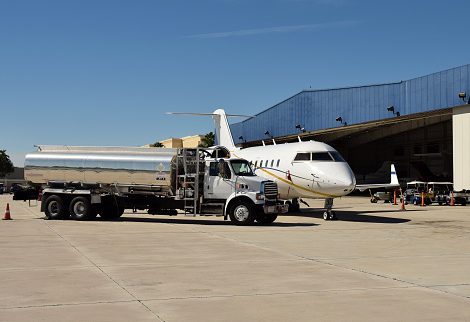
Route Planning and Fuel Efficiency
Route Planning and Fuel Efficiency both have a significant impact on operational costs. Opting for the most direct route isn’t always the most efficient – taking into account factors such as wind direction and speed, altitude, and air traffic can reduce fuel needs and ultimately cut expenses.
On the other hand, fuel efficiency is heavily dependent on the aircraft type and model. More modern planes often boast better fuel economy than older ones, translating into lower fuel costs per flight hour.
Empty Leg Flights and Repositioning Costs
Finally, empty leg flights and repositioning costs form another significant part of the budget. When a private jet flies without passengers to pick someone up or return to its base, it generates what’s known as an ’empty leg’ flight. Although unavoidable in certain situations, minimizing these can significantly reduce overall operational costs. Factors such as smart logistics planning and potential to charter these empty flights can offset these costs.
In conclusion, operational considerations largely impact the total cost of owning a private jet. Therefore, careful planning and efficient management can considerably lower these expenses and optimize your investment’s utility.
Long-term Financial Implications
Becoming a private jet owner is not a decision to be taken lightly, nor is it a one-time purchase. It involves a spectrum of long-term financial considerations that can greatly impact your overall financial planning.
Residual Value and Depreciation Rates
Just like any other asset, a private jet also undergoes depreciations as the years pass. Generally, aircraft depreciation rates fluctuate based on factors like the model’s demand, technological updates in newer models, and overall market conditions. For instance, a well-maintained jet with hard-to-find specifications might retain its value better than a more common model.
There’s also the matter of the jet’s residual value, which is the asset’s estimated value at the end of a certain period. Knowing an aircraft’s residual value allows owners to estimate their losses or gains upon selling the jet. If the residual value is lower than the purchase price, it’s a loss, and vice versa.
To maximize the aircraft’s residual value, strategies like sound aircraft maintenance, continuous logbook documentation, engine program enrollment, and careful equipment selection can be adopted.
Tax Considerations and Benefits
Ownership of a private jet also comes with its share of tax implications. In many jurisdictions, if you use your aircraft for business purposes, you might be able to write off depreciation, interest expense associated with financing, and operational costs. However, the extent to which these expenses are deductible differs, with various countries having their own territorial tax laws.
On the other hand, if the private jet is purchased for personal use, most of the expenses are not deductible. However, in some cases, if you charter your jet commercially when not in personal use, you may be able to create a tax shield for your expenses.
Navigating these potential benefits requires intricate knowledge of aviation tax laws, hence consulting an aviation tax expert could save a great deal of money and avoid potential pitfalls.
Potential Charter Revenue Opportunities
Charter revenue is another important financial factor that prospective owners should consider. When the aircraft isn’t in use, owners have the potential to earn additional income by renting it out to other private flyers.
This chartering practice can help offset the cost of ownership through earned rental income. However, it is worthy to note that the revenue and demand can vary greatly depending on factors such as the aircraft type, location, and existing market conditions. Thus, it is crucial to properly calculate potential charter revenues and adjust the financial planning accordingly.
In dealing with long-term financial implications, it is crucial to conduct a comprehensive financial analysis before purchasing a private jet. The total costs of ownership go well beyond the initial purchase price, but with a thorough understanding and careful planning, it is possible to manage th
